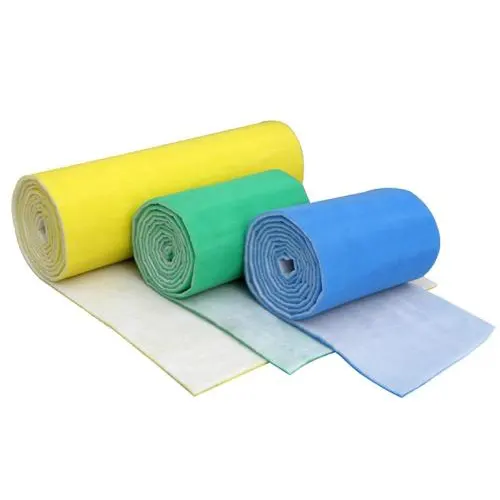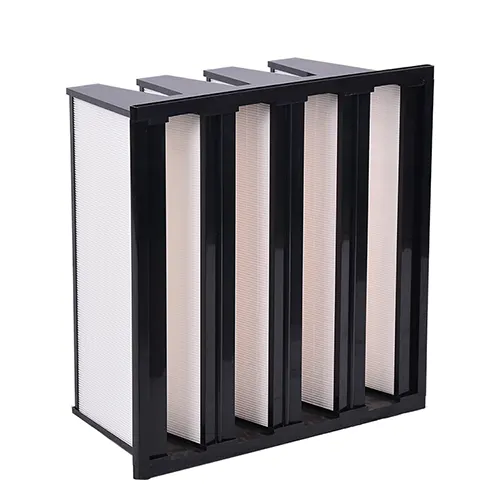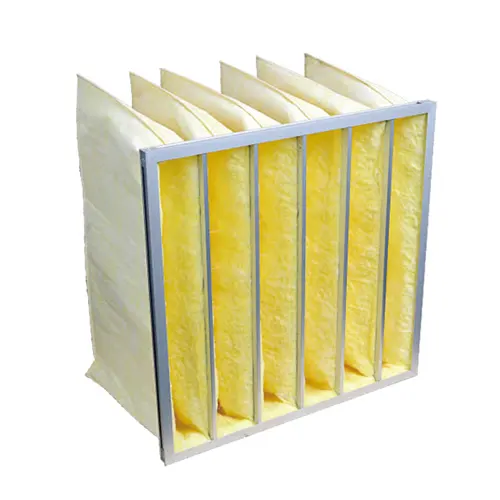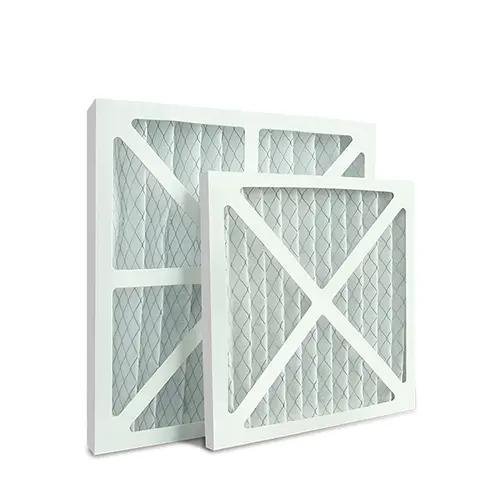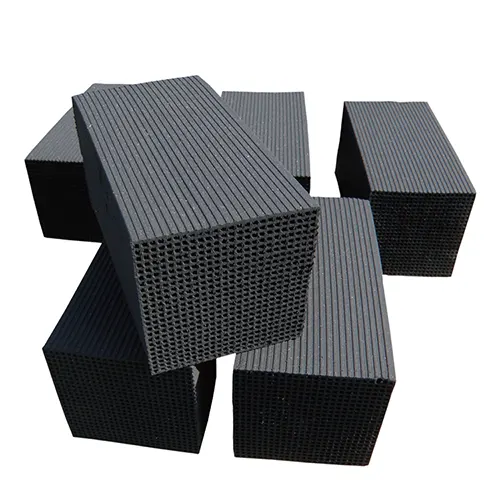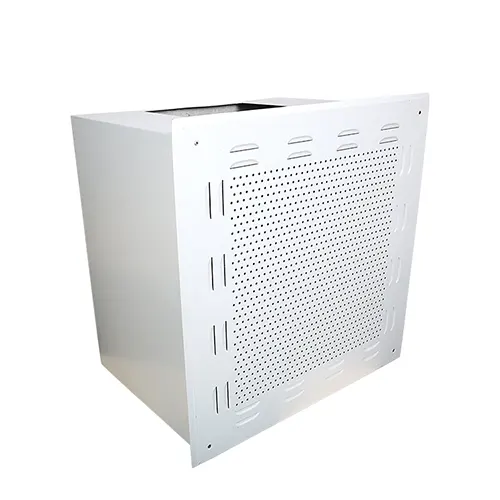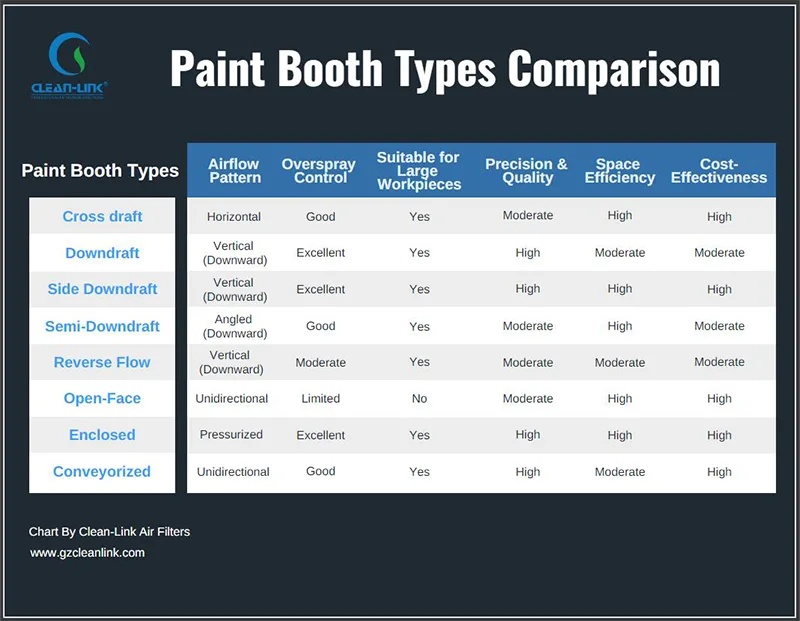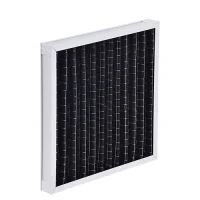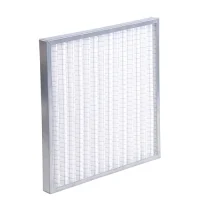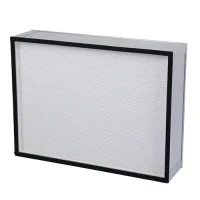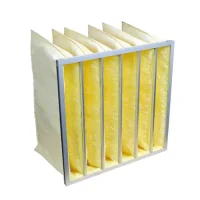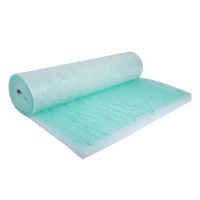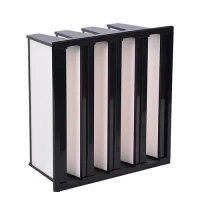1. Overspray Control
Paint booths face several challenges that impact both the quality of the finish and the overall operational efficiency. One of the main issues is managing overspray, dust, and other airborne contaminants that can settle on painted surfaces, leading to imperfections and defects. Proper filtration is crucial to capture these particles before they affect the quality of the finish.
2. Dust and Airborne Contaminants
Another challenge is maintaining a clean and controlled environment inside the booth. The presence of dust and contaminants can significantly reduce the quality of the paint job, requiring more frequent touch-ups or rework. Consistent air filtration helps to ensure that the air remains free of debris and that the environment stays sterile for optimal painting conditions.
3. Paint Fumes and Chemicals
Reducing the environmental impact of paint fumes and chemicals is an ongoing challenge for paint booths. Paints often contain harmful volatile organic compounds (VOCs) and other chemicals that can pose risks to both workers and the environment. Implementing effective air filtration systems, such as activated carbon filters, helps capture harmful fumes and reduce emissions, promoting a safer working environment and ensuring compliance with environmental regulations.

